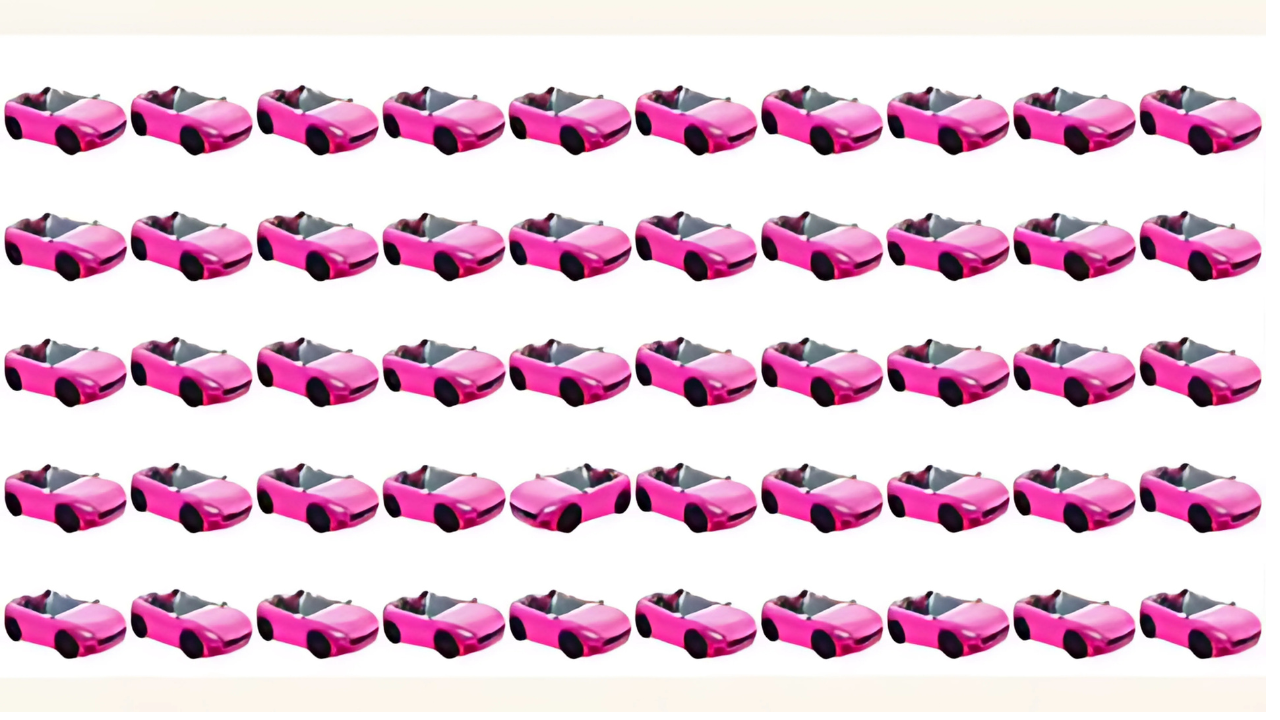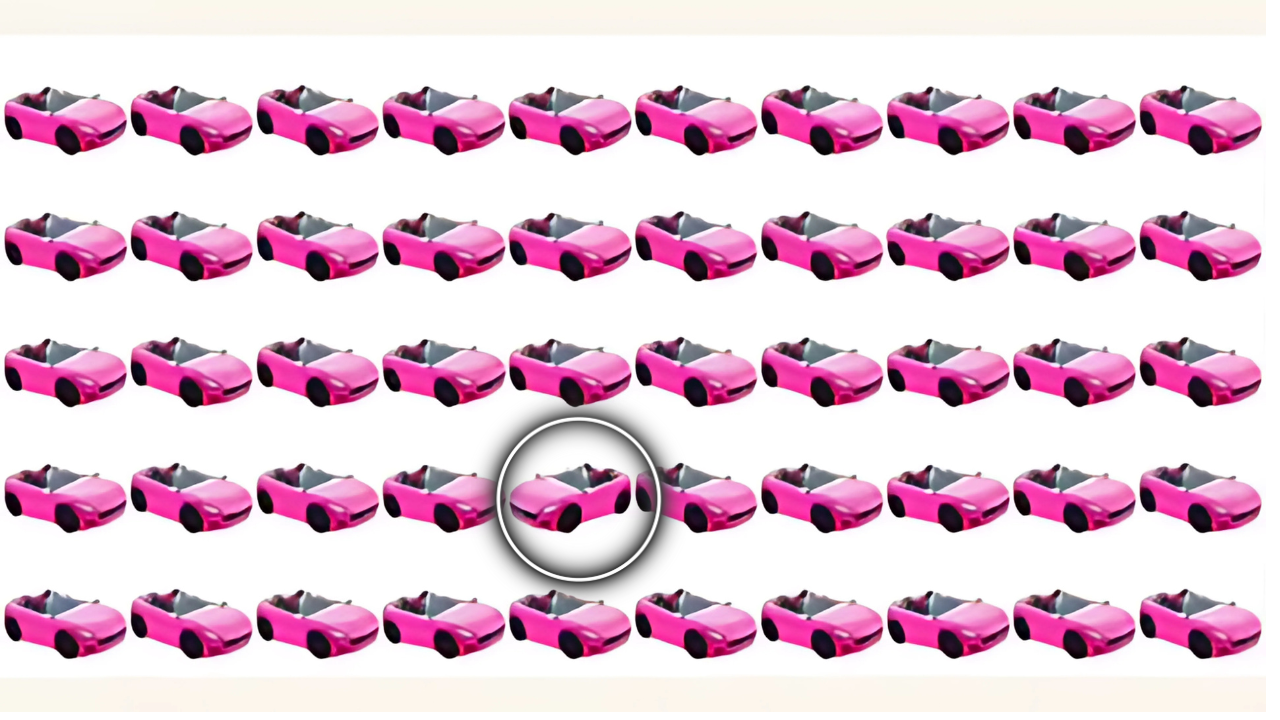Optical illusions are more than just fun tricks for the eyes—they are powerful tools that test and enhance your cognitive abilities. According to experts, engaging with brain teasers like the “spot the different car” puzzle helps sharpen logical, analytical, and critical thinking skills. These puzzles push you to observe details that are not immediately obvious, training your brain to process information more efficiently.
Car Puzzle Optical Illusion
| Attribute | Value |
|---|---|
| Puzzle Type | Optical Illusion / Spot the Difference |
| Challenge | Identify the unique car in 4 seconds |
| Key Difference | One car faces left, others face right |
| Benefits | Improves observation, memory, focus |
| Stress Relief | Yes |
| Suitable For | All ages |
| Difficulty | Moderate |
The “Spot the Different Car” Challenge

Imagine a scene where several pink cars are parked in a row. At first glance, they all look identical. However, upon closer inspection, you realize that one car stands out—not by its color or size, but by a subtle difference. The challenge is to identify the unique car within just four seconds. This seemingly simple task is designed to test your observation skills and ability to think under pressure.
Why This Puzzle Works
The effectiveness of this puzzle lies in its simplicity and the way it forces your brain to scan for differences quickly. Most people focus on obvious features like color or shape, but the real difference is often something less conspicuous—such as the direction a car is facing. In this case, all cars face right except one, which faces left. This minor variation is easy to miss if you’re not paying close attention.
The Science Behind Brain Teasers
Brain teasers and optical illusions are scientifically proven to boost cognitive function. They engage multiple areas of the brain, including those responsible for visual processing, pattern recognition, and problem-solving. Regularly solving such puzzles can improve memory, increase mental agility, and even help reduce stress by providing a mental distraction.
How to Train Your Brain with Puzzles
To get the most out of brain teasers, try the following:
-
Set a Timer: Challenge yourself to solve puzzles within a set time to improve speed and accuracy.
-
Look for Subtle Differences: Train your eyes to notice minor details that are often overlooked.
-
Share with Friends: Competing with others can make the experience more engaging and motivating.
Viral Optical Illusion Answer

Benefits of Solving Optical Illusions
-
Enhanced Observation Skills: You become better at noticing details in your surroundings.
-
Improved Problem-Solving Abilities: Your brain learns to approach problems from different angles.
-
Increased Mental Agility: Quick thinking and adaptability are strengthened.
-
Stress Relief: Focusing on a puzzle can provide a break from daily worries.
The Answer to the Car Puzzle
If you’re still wondering about the answer to the “spot the different car” puzzle, here it is: On the right side of the image, there is a car that is facing left, while all the others are facing right. This subtle difference is what makes the car unique.
More Brain Teasers to Try
If you enjoyed this challenge, there are plenty of other optical illusions and brain teasers available online. These puzzles come in various forms, from spotting hidden objects to solving complex visual riddles. Exploring different types of brain teasers can keep your mind sharp and provide hours of entertainment.
Frequently Asked Questions (FAQs)
Q1: How do optical illusions help your brain?
A1: Optical illusions train your brain to process visual information more efficiently, improving observation, memory, and problem-solving skills.
Q2: Why is it hard to spot the different car?
A2: The difference is subtle and not immediately obvious, making it a challenge for your brain to detect quickly.
Q3: Can solving puzzles reduce stress?
A3: Yes, focusing on puzzles can distract your mind from daily stressors and provide a sense of accomplishment.
